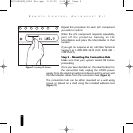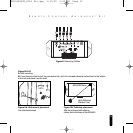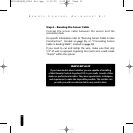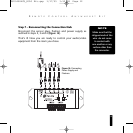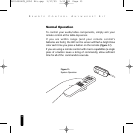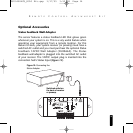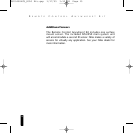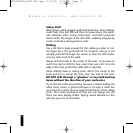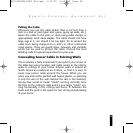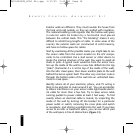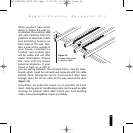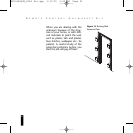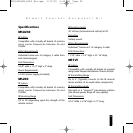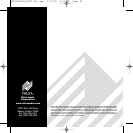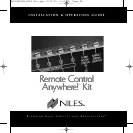
Exterior walls are different. They must insulate the house from
the heat and cold outside, so they are stuffed with insulation.
The national building code requires that the hollow wall space
in exterior walls be broken by a horizontal stud placed
between the vertical studs. This “fire blocking” makes it very
difficult to retrofit long lengths of cable. In some areas of the
country the exterior walls are constructed of solid masonry,
and have no hollow space for cables.
Start by examining all the possible routes you might take to run
the sensor cable from the sensor location to the A/V compo-
nents to be controlled. Use a stud sensor or other device to
locate the internal structure of the wall. You want to avoid all
studs or joists. A typical route would be from the sensor loca-
tion up the inside of the wall to a new hole drilled into the top
“plate” (horizontal 2 x 4 at the top of the inside of the wall),
into the attic crawl space, then down another plate to the wall
behind the stereo system itself. The other very common route is
through the bottom plate of the wall into an unfinished base-
ment or crawl space.
Identify where all of your electrical, phone, and TV wiring is
likely to be and plan to route around it all. You can accidental-
ly induce interference on your sensor cable right beside electri-
cal cable for more than a few feet. Try to keep sensor cable
running parallel to power cables at least 3 feet away. To find
exactly where an electrical cable is routed, try inspecting the
inside of the wall by turning off the breaker for a particular
power outlet or switch, removing the cover plate and switch
or receptacle, and shining a penlight into the wall. If you have
access to an attic or basement space, you can see which part
of the wall space is free of obstructions (
Figure 13).
19
R
EMOTE
C
ONTROL
A
NYWHERE
! K
IT
DS00408ACN_RCA3 Kit.qxp 1/17/05 3:52 PM Page 19



